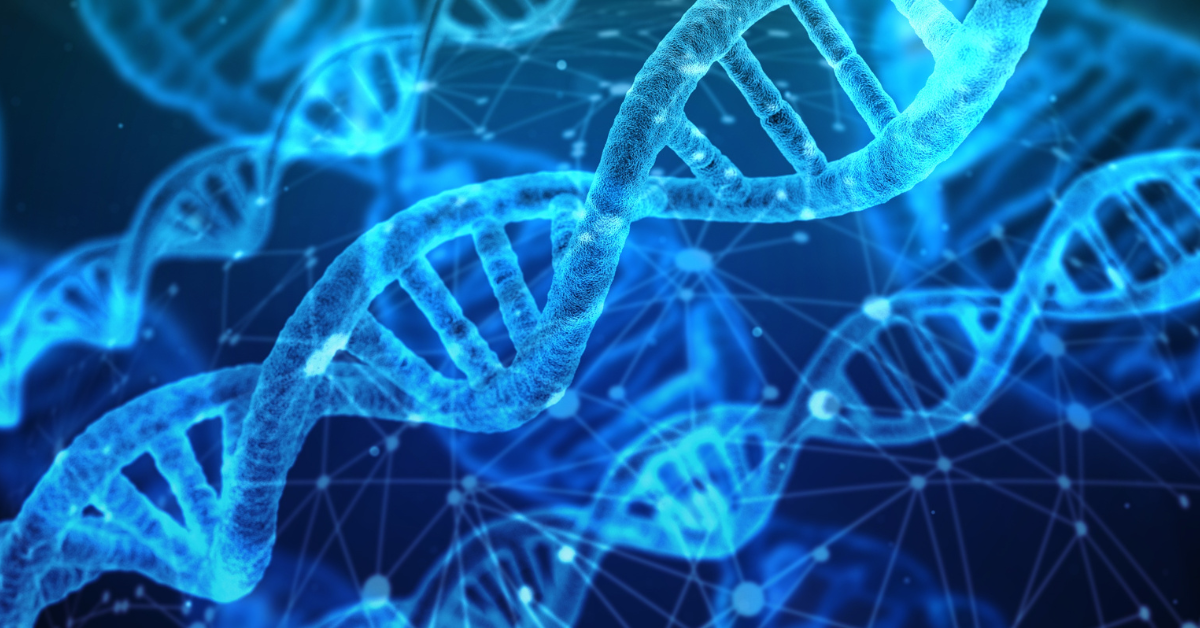
All organisms have a genetic code. This genetic code is referred to as DNA. It is DNA that gives each organism a specific expression. The New Testament makes it clear that the church is a living organism. Consider a few of the terms that are used to describe it: a body, a bride, a living temple, etc. As an organism, the church has a DNA, a spiritual DNA. What is the DNA of the church? Where do we discover the church’s DNA? It would make sense to start by looking to the originator of the church, God himself.
Mutual Love
Jesus gives insights into his relationship with God the Father throughout the Gospels. Here are just two passages that reveal the mutual love that exists within the Godhead.
John 17:24 – Father, I desire that they also, whom you have given me, may be with me where I am, to see my glory that you have given me because you loved me before the foundation of the world.
John 14:31 – but I do as the Father has commanded me, so that the world may know that I love the Father. Rise, let us go from here.
Fellowship
In the opening chapters of Genesis, we discover that there is fellowship within the Godhead.
Genesis 1:26 – Then God said, “Let us make man in our image, after our likeness. And let them have dominion over the fish of the sea and over the birds of the heavens and over the livestock and over all the earth and over every creeping thing that creeps on the earth.”
Shared Life
The Son of God lives within God the Father and God the Father lives within the Son. There is an interdependence on one another.
John 1:18 – No one has seen God at any time; God the only Son, who is in the arms of the Father, He has explained Him.
John 14:10 – Do you not believe that I am in the Father and the Father is in me? The words that I say to you I do not speak on my own authority, but the Father who dwells in me does his works.
We could continue looking at various passages to see the relationship within the Godhead. If we did, we would see that there is mutual love, mutual fellowship, mutual dependence, mutual honor, mutual submission, mutual dwelling, and authentic community all within the Godhead.
What is important to understand in terms of the church’s DNA is that the relationship that we see within the Godhead has now moved to the church, the body of Jesus Christ. The church is an extension of the triune God. The church is a Kingdom community that expresses the image of God on earth.
Ephesians 1:22-23 – And He put all things in subjection under His feet, and made Him head over all things to the church, which is His body, the fullness of Him who fills all in all.
Because the church is an organism it has a natural expression. When the church follows its spiritual DNA, it will function as God intended and it will be known by the various traits that we see within the Godhead.
The true spiritual DNA of the church that originates with God will always reflect these four key aspects:
- It will express the headship of Jesus Christ.
- It will allow for and encourage every member of the church to function as part of the body.
- It will align with the theology that is communicated in the New Testament.
- It will be grounded in the fellowship of the triune God.
The relationship within the Trinity informs how the church should function. It is the church’s DNA. Sadly, very little of what’s practiced in most churches today is a reflection of the Trinity. Instead, human traditions often shape and define the function of the church. These practices undermine the headship of Christ, discourage every member from functioning as part of the body, violate the teaching of the New Testament, and contradict the fellowship that is so beautifully displayed within the Godhead.
Many Christians would affirm the great power of God’s Word. Yet often they have allowed their traditions to nullify God’s Word. Jesus called this very problem out and confronted those who professed to be followers of God when He walked the earth.
Matthew 15:6b – “And by this you have invalidated the word of God for the sake of your tradition.”
Mark 7:8-9 – “Neglecting the commandment of God, you hold to the tradition of men.” He was also saying to them, “You are experts at setting aside the commandment of God in order to keep your tradition.”
We have frequently allowed religious tradition to shape how we view the church and how we function. We read our church practices into the New Testament instead of letting the New Testament speak for itself. Here are just a few examples:
When we hear “Elder”, we are prone to think of someone who serves on a church board or committee.
When we hear “Pastor”, we associate it with a man who preaches sermons on Sunday mornings.
When we hear “Church”, typically we think of a building or a worship service.
All three of these are examples of reading our practices and traditions into the Bible.
When we introduce our systems and traditions into the organism of the church, the DNA of the church is distorted and it prevents the church from functioning the way that God designed it to function.
So what are we to do? How do we get back to the true DNA of the church? I would propose that we start by humbling ourselves and recognizing how far we have drifted from what the Bible reveals about the purpose and function of the church. We need to repent of elevating the traditions of man to a place where they are more authoritative than God’s Word. We must take time to re-read the New Testament with fresh eyes. This will necessitate moving away from proof-texting* and instead reading the New Testament contextually and comprehensively. Read it with an open mind and heart. If you do so, you will be surprised how many passages that you thought were prescriptive are actually descriptive. Ask God to reveal to us what He truly wants for His church and what areas we need to surrender to the Holy Spirit so that the DNA of the church once again reflects the Trinity.
Written by Sam McKeen
*Proof-texting is using a passage to prove or justify a theological position while disregarding the context of the passage.


